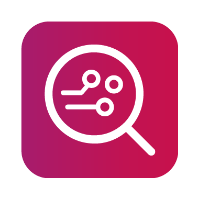Allow accessories to connect
Allow Accessories to Connect
When connecting a device with MOBILedit Forensic, you may encounter situations where an iPhone, iPad, or iPod touch does not communicate with your forensic workstation. This is often due to Apple's security settings restricting accessory connections when the device is locked.
Unlocking the Device for Access
To establish a connection with MOBILedit Forensic, ensure the device is unlocked before connecting:
Unlock the Device – Use the passcode, Face ID, or Touch ID to unlock the iPhone, iPad, or iPod touch.
Connect the Device – Plug the device into your forensic workstation via USB.
Trust the Computer – If prompted, tap "Trust" to authorize the connection.
Maintain Connectivity – Once connected and trusted, the device remains accessible even if it locks again.
If the device is not unlocked within one hour of its last connection, it may block communication with the forensic workstation, requiring re-authentication.
Unlocking the device will usually be the first option however, if you are in a situation where you need to connect, disconnect and re-connect multiple times outside of the 1 hour window, you may choose to enable “Allowing Accessories When Locked”.
If there are any issues with extraction or connectivity this setting should be enabled as part of the troubleshooting process.
Allowing Accessories When Locked
To prevent connection issues, you can enable accessory access even when the device is locked:
Open Settings on the iPhone or iPad.
Go to Face ID & Passcode or Touch ID & Passcode.
Enter the device passcode if prompted.
Scroll down and toggle Accessories under “Allow Access When Locked.”
This setting is off by default for security reasons. If disabled, you must unlock the device before accessories (including forensic tools) can communicate.
Supervised devices (e.g., corporate or managed devices) may have restrictions controlled by MDM (Mobile Device Management), preventing forensic tools from accessing data.
